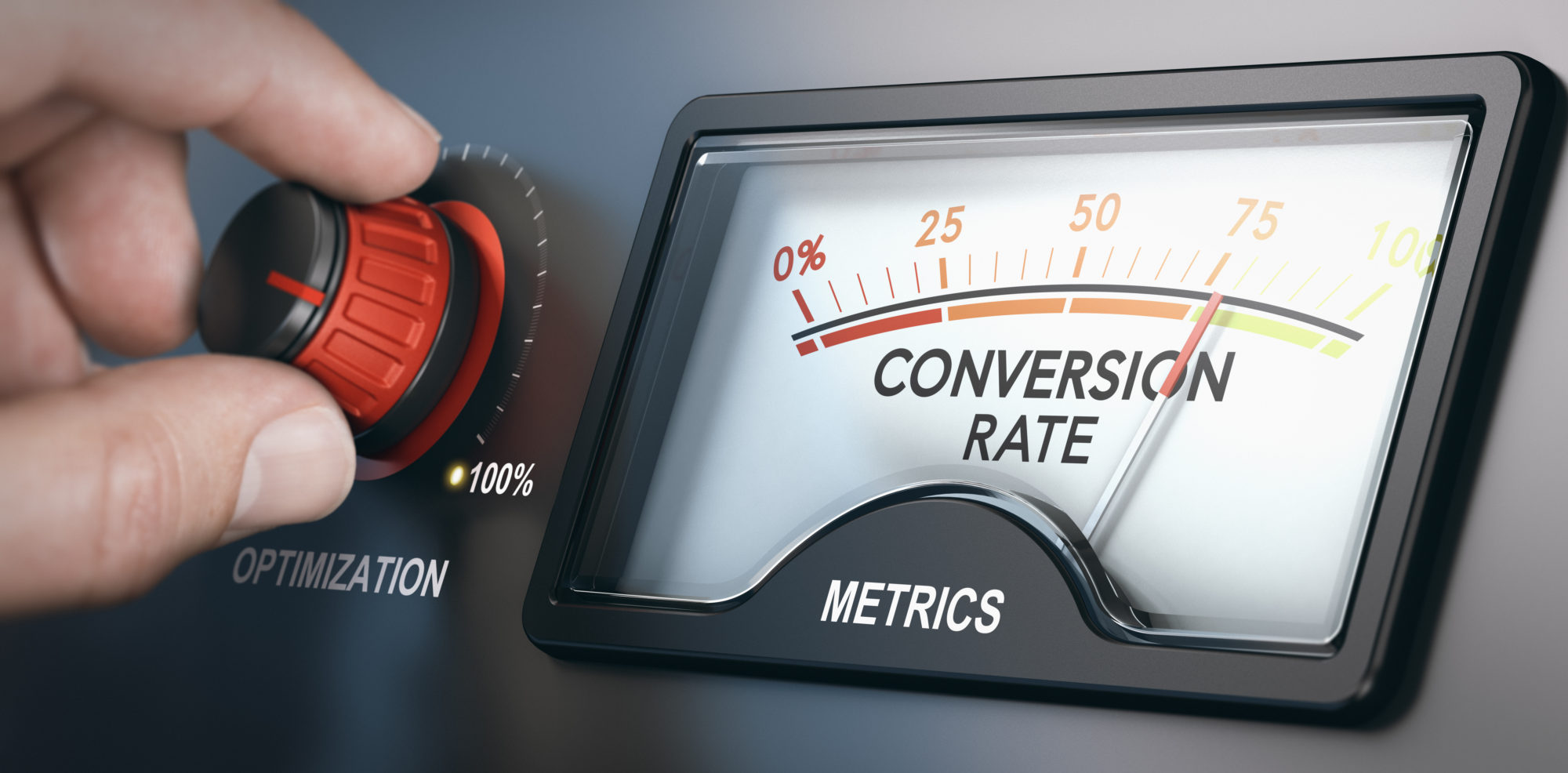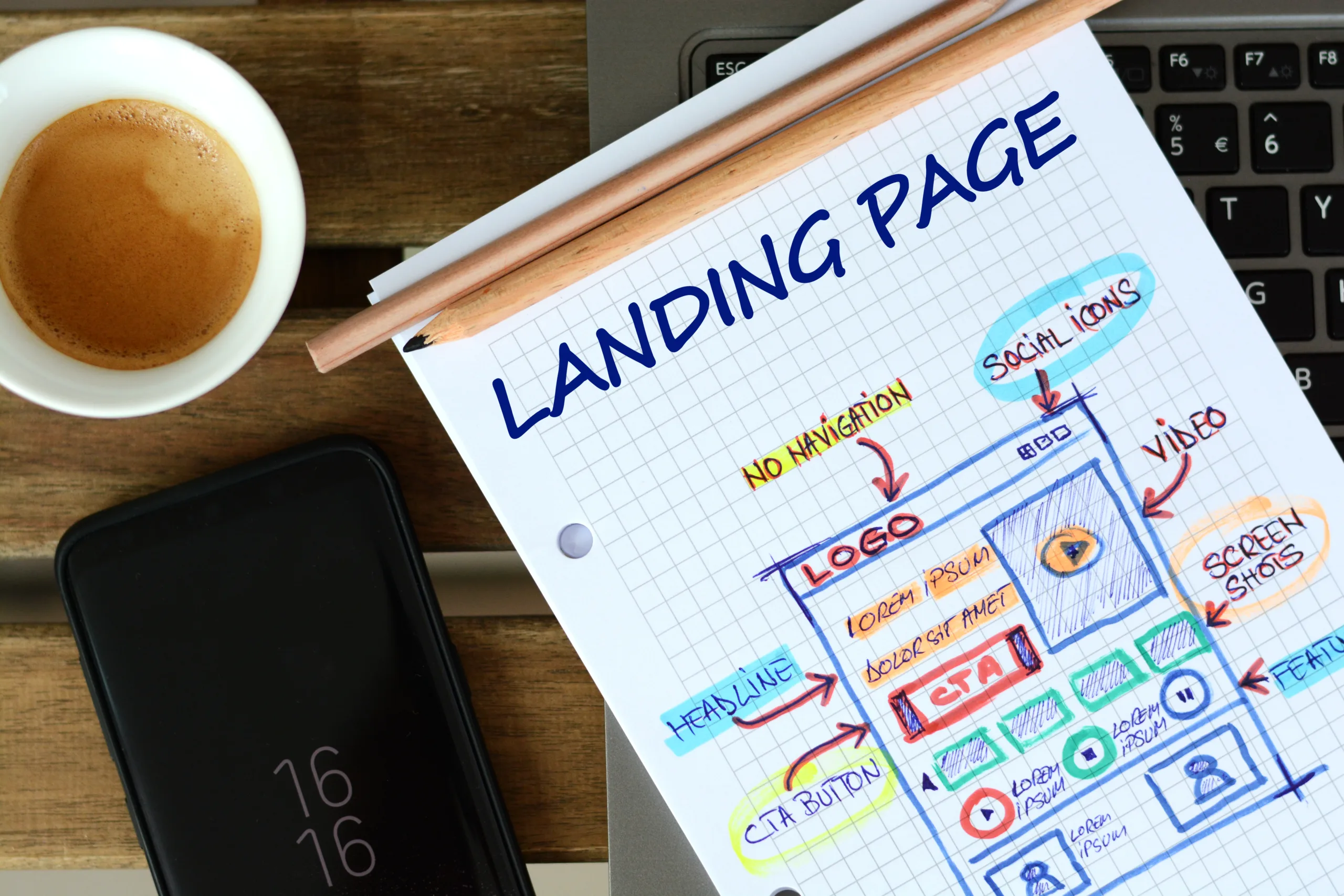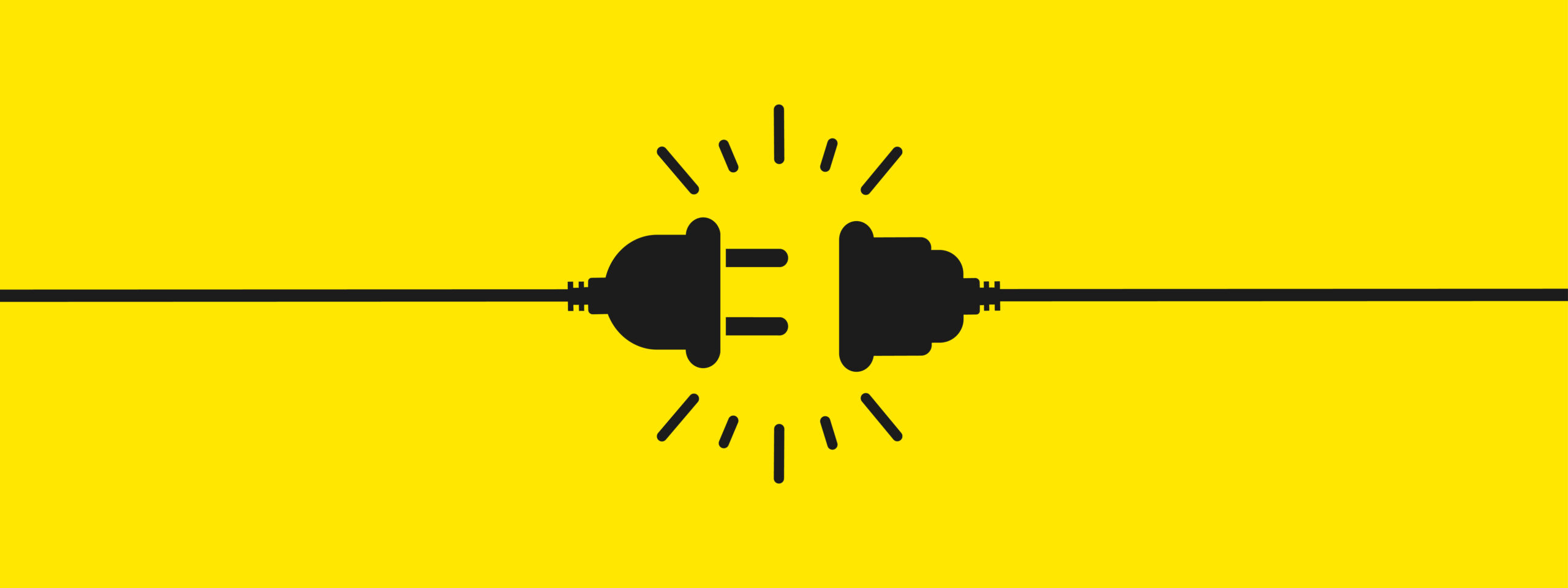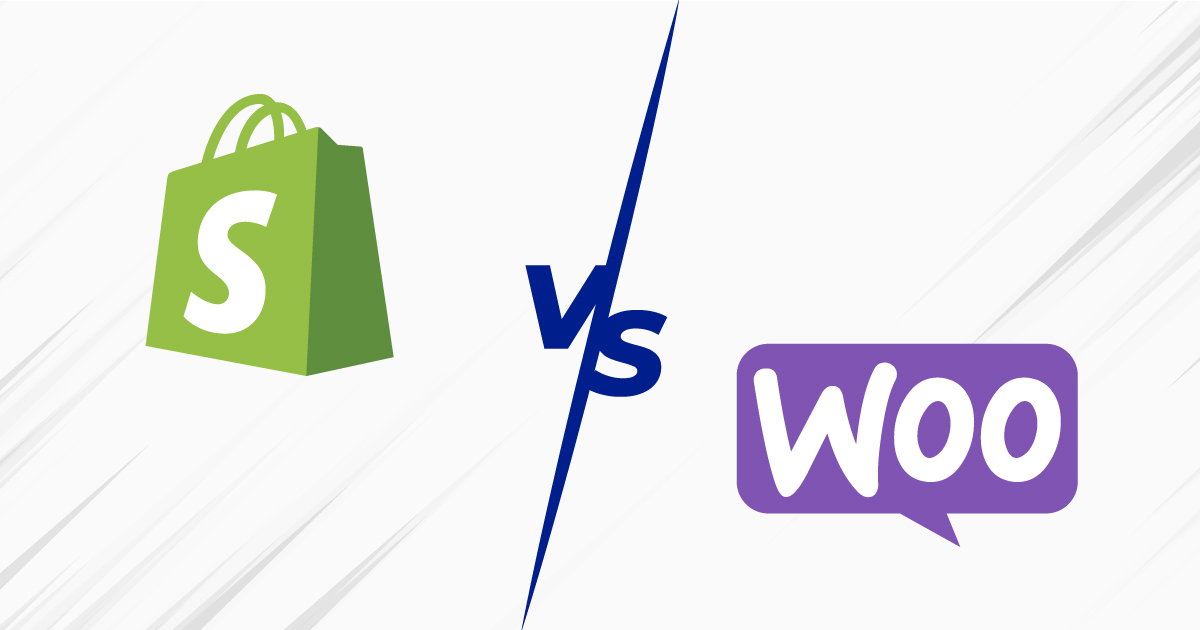Conversion rate optimization, or CRO, is a system by which we work to increase the percentage of visitors to a website who become clients or realize a specific action online (purchase, registration, etc.). A conversion is any goal we establish: in the case of an airline website for example, the primary conversion would be a ticket purchase online.
Generally the conversion rate (CR) is calculated by dividing the number of conversions by sessions (traffic), although there are exceptions to this rule. Conversion rate can also be calculated based on unique users if our website offers a product or service that can only be purchased once (a weekly home delivery meal subscription for example).
If we optimise our marketing actions using conversion rate, these CRO activities have various positive effects: :
- We save on media spend and can use budget where it has the most positive impact. When we invest media spend based on our impressions, instinct or personal tastes, we are losing out on the chance to optimise our budget to the maximum extent. On the other hand, with a CRO approach, we let user behaviour, and our products or services speak for themselves. .
- Web and business customers are not unlimited. A CRO strategy recognises this. A way to sell more is to expand and then expand some more. But such an approach means spending a lot and most busineses and markets have a natural cap: there are competitors who are selling to the same clientes you are, and people are not going to buy a cruise ship trip every month for example.
- Conversion data tells you about your audience and messaging. If we invest some time in Analytics and study where our traffic is comming from, who converts and if there are additional detectable patterns, it will help us to address the right target audience. It’s probably not useful for example to invest in desktop banners in Belgium if the conversion data shows that 90% of our sales come from mobile in France. conversiones vienen del móvil en Francia. The same goes for the messaging we launch. By looking at CR at the ad level, we can figure out what messages and CTAs (call-to-action) work best and create more messaging and content along those lines.
- CRO helps to optimise the web, not only conversions. If we detect that page A with a sun background converts better than page B which is identical but has a moon background, we’ve got one more piece of data regarding user preference and a cue for improving sales. Conversion rates are an important tool when performing A / B tests and choosing layouts, UX elements or images to increase sales.
Doing CRO doesn’t mean ignoring ROI (return on investment). A conversion rate represents the number of orders, clients, leads, etc., but for sometimes those orders or sales may have not have much value. For this reason, it’s very useful to do conversion rate optimisation in conjunction with ROI analysis.
ROI is a great way to ensure that the average value of each sale or order increases or stays steady over time. Many people get confused by the CR – ROI relationship. Conversion rate alone is not enough to ensure success as we’ve mentioned. ROI takes into account not only the value of the products or services you’ve sold, but also your costs. If you calculate ROI by channel, you can determine which ones are the best for earnings, and the same goes for specific products you sell.
Conversion rate optimisation is a major cornerstone and indicator of the health of your online marketing campaigns and business. By avoiding impulse and personal preference based decision making, you can sell more and generate more revenue.
More posts about: Increase brand awareness







